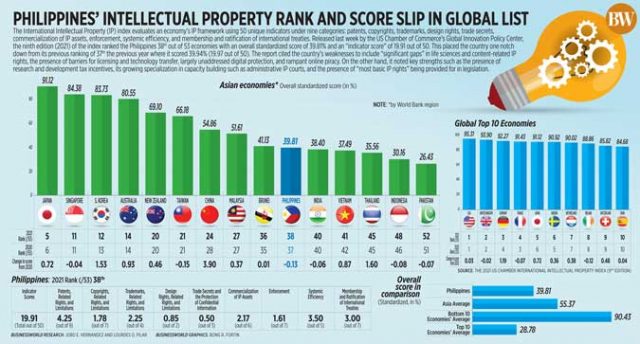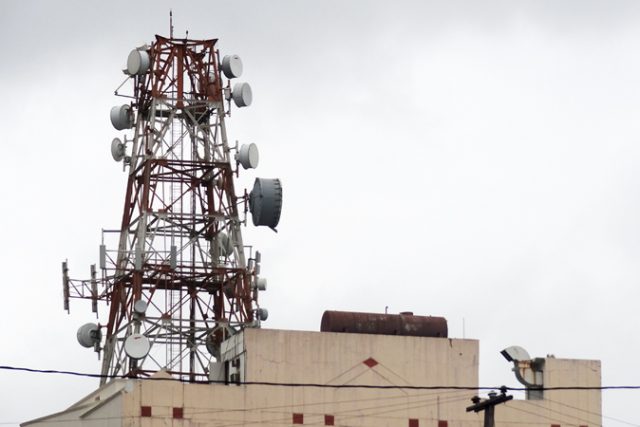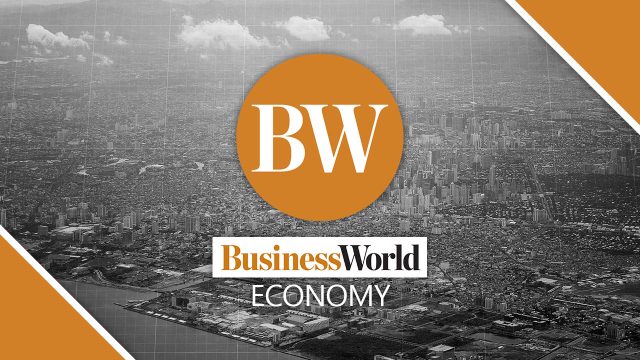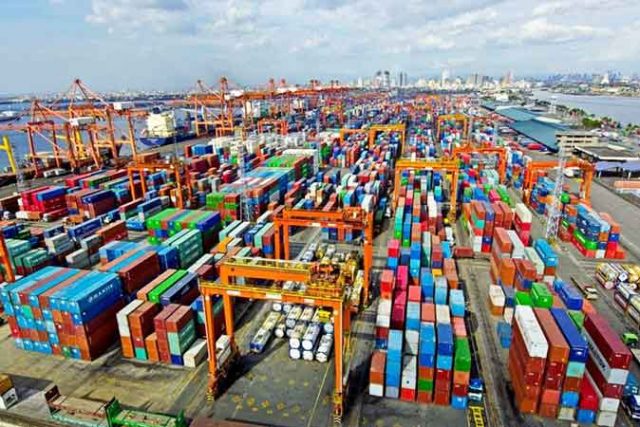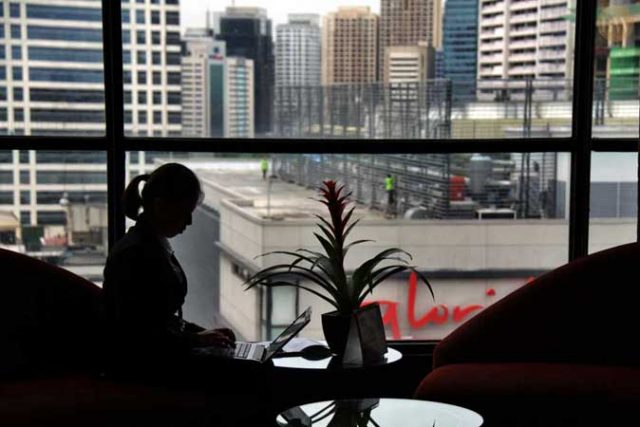DIGITAL BUSINESS solutions are becoming cheaper in the so-called “new normal” as businesses continue to digitize their processes, a technology industry executive said.
“In general, if you wanted to invest in software 10 years ago, when we started the business, you really had to be ready with millions of pesos. It used to be very costly because you had to hire developers, ask them to customize software for you, purchase your own servers, and stuff like that,” said Maria Rosario Palabrica-Ilao, founder and chief executive officer of MobileOptima, Inc., the technology company behind Tarkie, an enterprise solution designed for field force automation.
“Technologies in general are now becoming more and more affordable,” she said at the BusinessWorld Insights online forum Wednesday.
With Tarkie, which is a SaaS or software as a service application, small businesses can start down the path of automation for as little as P1,500 per month, according to Ms. Ilao.
She noted that SaaS applications are becoming more popular these days because of low cost, ease of use, and can come off the shelf.
“They are plug and play, you can get started right away, and there’s no upfront cost as you don’t have to spend for software development, and you don’t have to purchase your own servers because typically all of these are already packaged in the monthly subscription,” Ms. Ilao explained.
Jerome Matthew Animos, field applications engineer at ASUS Philippines Commercial, said that pricing will depend on the technology needed.
“It’s going to be a different ball game if you compare it to Ms. Rio’s proposition. On our end, we ask first what the employees do and who are involved in the procurement process. So we need to ask them the right set of questions before we give them something in detail, because we don’t want our customers to get shocked with the pricing and everything,” he said.
“We give them a certain tier of devices that we actually offer to them to give them a better insight. In my presentation, normally, I show the good and better devices to give them an insight based on their workflow,” Mr. Animos added.
ASUS’s centralized information technology management system and personal computer-based management platform are two of the company’s digital solutions for businesses.
Mr. Animos expects that in the next decade, artificial intelligence of things or AIoT will become more widely used. AIoT, he said, is a combination of AI technologies with IoT that is intended to enhance human-machine interactions, data management, and analytics.
“Blockchain technology will become standard in day-to-day operations, from the simple time-in/time-out or even paying for your cup of coffee using cryptocurrency,” Mr. Animos added.
Ms. Ilao said, “I think it will only get better. I think the prospects are very promising. As we’ve mentioned, companies now in general have become more cognizant of the benefits of digitization. So definitely, more and more companies will embrace IT optimization and digital transformation in the next few years.”
“Gone are the days when big companies would prefer custom-built software. They would rather go for something that’s readily available, or something that’s plug and play. Small- and medium-sized enterprises in general are going to benefit from that,” Ms. Ilao added. — Arjay L. Balinbin



